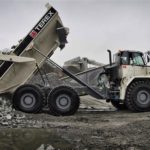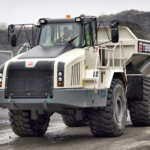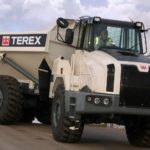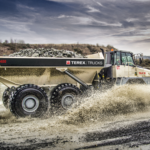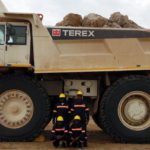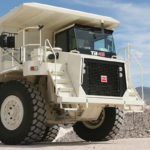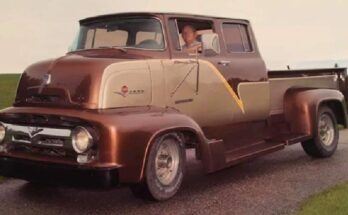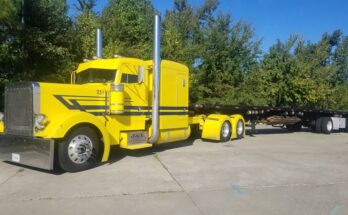To me, “Terex” sounds like a cross between a Triceratops and a Tyrannosaurus Rex. If it were a vehicle, perhaps it would resemble some sort of kid’s toy, like a Voltron or Transformer. While the Terex vehicles aren’t some dinosaur vehicle hybrid, they are gigantic, powerful vehicles named using the Latin words “Terra” and Rex”, which mean “Earth King”. Fitting for the company that produced the first off-road dump truck.
Apart from dump trucks, Terex makes a multitude of other machinery, including off-road vehicles equipped to handle materials, lift objects, and make themselves useful in several industries, including mining, hauling, construction, recycling, shipping, and refining. The Terex brand has a variety of both rigid and articulated haulers, as well as cranes and equipment made for airports, construction companies, and ports of entry.
Terex appeared on the scene in 1933 on the East Coast of the United States (the official headquarters are still there, in Westport, Connecticut). It remains an American company, but it has a global reach, partnering with Scotland as its place of production, and has teamed up with Russian company GAZ Group to equip Russian workers with vehicles that can handle a myriad of jobs, including those in the forestry, mining, and utility sectors.
Of course, being as old as Terex is, there have been some accusations and scandals that have broken out over the years and become headline news. The biggest one, courtesy of the New York Times and American businessman Richard Fuisz, intimated that Terex was building military vehicles in Scotland to be used by Iraqi military at the behest of the USA and the UK. A few years later, Terex hit the New York Times with a libel complaint, the result of which was a written apology from the Times, and no legal charges filed from a federal task force investigation. However, that did not stop the German newspaper Die Tageszeitung from reporting that Terex was still sending rocketry materials to Iraq.
Despite the scandal, Terex has maintained a strong, steady business with countries around the world, with the help of their 22,000 employees. They have also acquired several properties, and some quite recently, like the “Heavyweight Champion of Wood Waste Grinders” company CBI (Continental Biomass Industries). While Terex no longer participates in the mining industry or the road building industry, their focus on handling and processing, aerial platforms, and cranes. The properties they have sold only made up about 5% of their revenue, so their renewed focus on their biggest sellers is sure to increase their profit.
Terex has managed to avoid becoming an industry dinosaur by focusing on present clients’ needs, working with other global companies, and providing their employees with a safe environment. While it might not be the most glamorous set of vehicles at work today, they are definitely hardy enough to last quite a long time, and definitely have what it takes to evolve into whatever is needed in the future. If you aren’t familiar with Terex, you can read their history timeline on their website, and there’s also quite a bit of content on YouTube. Marvel at these big monsters and dream about the future when someone does make a dinosaur-human hybrid. Perhaps it’ll be Terex.
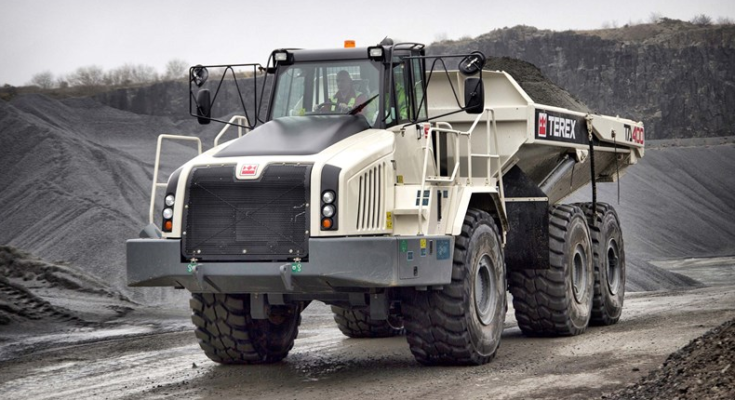 " >
" >
